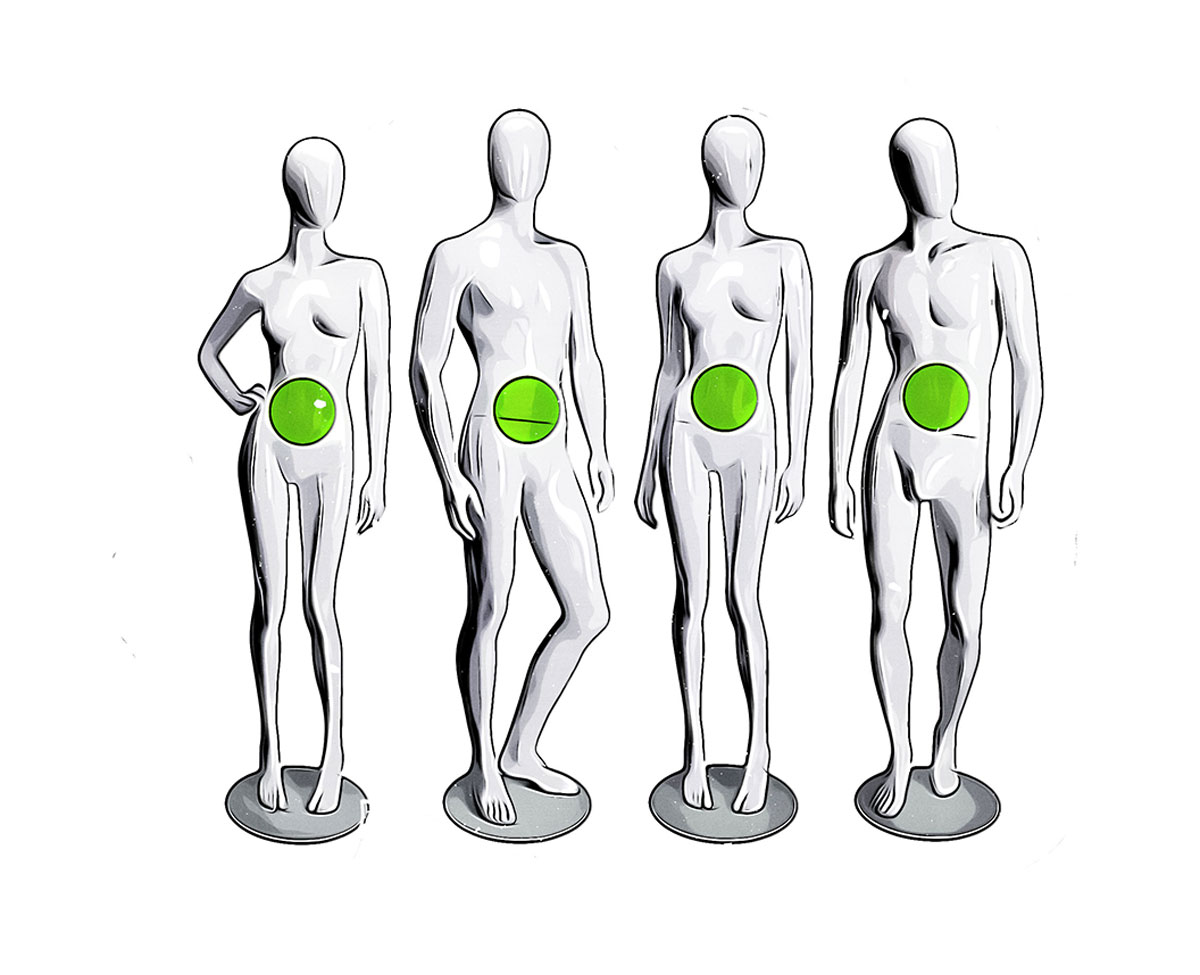What is branding really? How does it impact the bottom line?
What is branding and why is it important for business?
Many think that a brand is a logo. It’s not. A brand is a gut feeling about an organization, product, place or person. Yes, people and places can be brands (…think Oprah… think Vegas). A logo is a visual mark of a brand, and that just covers what we see. A brand can be experienced on several sensory levels. Consider the unmistakable G-C-E notes that have been the signature chimes of the NBC network since 1929… or the hum of an Aston Martin (there are actually sound engineers at Ford hired to replicate that exact 1955 sound in today’s Mustangs)… the familiar inhalation of roasted coffee beans upon entering any Starbucks cafe, anywhere in the world… the way M&M’s actually do melt in your mouth (and how that’s an entirely different experience then when they are just in your hand). It’s all branding, baby. And we know our way around. (Excuse our shameless plug). We don’t think it’s important or anything, we just named our agency Brand & Butter by sheer coincidence.
Consistent brand presentation across all platforms increases revenue by up to 23%.
(Forbes)
Customers who have an emotional connection with a brand have a 3x higher lifetime value (LTV).
(Motista)
Building a Marketing Strategy in Four Steps
Step 1: Get to know your target audience.
The first step in building your marketing strategy is to know who it is you’re marketing to. Doing so ensures that your marketing efforts are focused, and as a result, you’ll be getting the return on investment that you’re after.
One common way to go about this is to create a buyer persona. By creating a buyer persona, you can be sure that you’re marketing to people who are actually interested in what you have to offer. Otherwise your marketing strategy is pretty much the equivalent of a man on a box yelling through a megaphone at random people on the street.
Think about what you’d like your ideal customer to look like. Start getting granular and create a list of demographics that your customer falls into. Responsive Inbound Marketing recommends these major questions you should ask yourself about your target customer when outlining a buyer persona:
